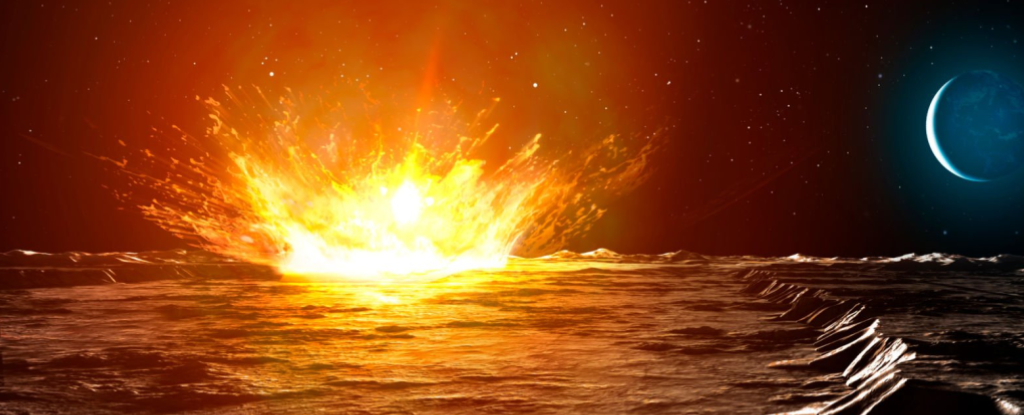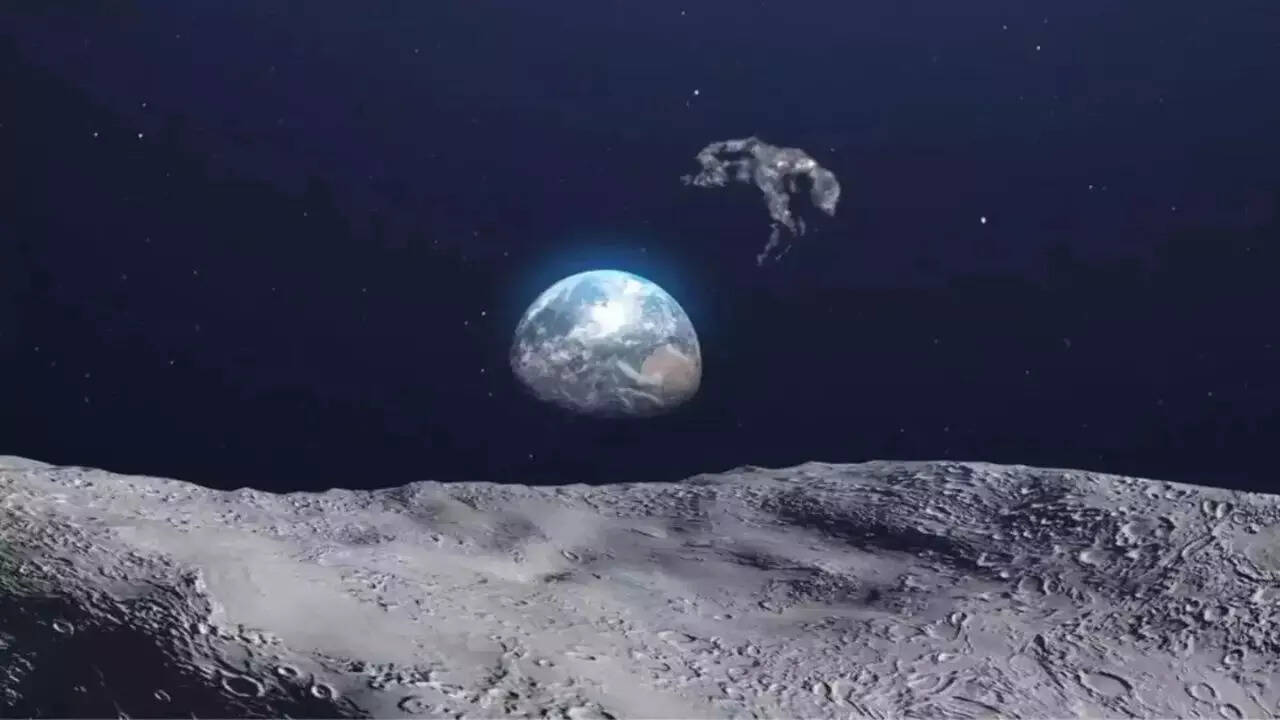Sources: 

NASA has revised the risk assessment for asteroid 2024 YR4, confirming that Earth remains safe from impact in 2032 but raising the probability of a lunar collision to
4.3%. Initially discovered on December 27, 2024, by the Asteroid Terrestrial-impact Last Alert System, 2024 YR4 made headlines with an unprecedented
3.1% chance of impacting Earth, the highest ever recorded for a known asteroid.
New observations from the James Webb Space Telescope (JWST) in May 2025, led by astronomer Andy Rivkin of Johns Hopkins Applied Physics Laboratory, improved trajectory predictions by nearly
20%. This refinement shifted the risk from Earth to the Moon, increasing the lunar impact chance from
3.8% to
4.3%. The asteroid measures between
40 to 90 meters (130 to 300 feet), comparable in size to the Tunguska event rock of 1908.
NASA's investigation concluded that the asteroid poses no significant threat to Earth in 2032 or beyond, effectively ruling out any collision. The initial alarm over the 3.1% Earth impact risk has been downgraded, providing reassurance to the public and scientists alike.
"The Webb data improved our knowledge of where the asteroid will be on December 22, 2032, by nearly 20%. As a result, the asteroid's probability of impacting the Moon has slightly increased from 3.8% to 4.3%." This update highlights the importance of advanced space telescopes and continuous monitoring to refine asteroid trajectories and impact probabilities, ensuring planetary defense readiness.
While NASA and ESA continue to plan missions to study asteroids like Apophis, funding uncertainties remain. The success of NASA's 2022 Double Asteroid Redirection Test (DART) mission underscores ongoing efforts to mitigate asteroid threats.
Overall, 2024 YR4's trajectory update shifts concern from Earth to the Moon, with a modest but notable chance of lunar impact in 2032, while Earth remains safe.
Sources: 
NASA updated the risk assessment for asteroid 2024 YR4, confirming Earth is safe from impact in 2032 but raising the chance of a lunar collision to 4.3%. Initially discovered in December 2024 with a 3.1% Earth impact risk, new James Webb Telescope data refined its trajectory and risk profile.
3



